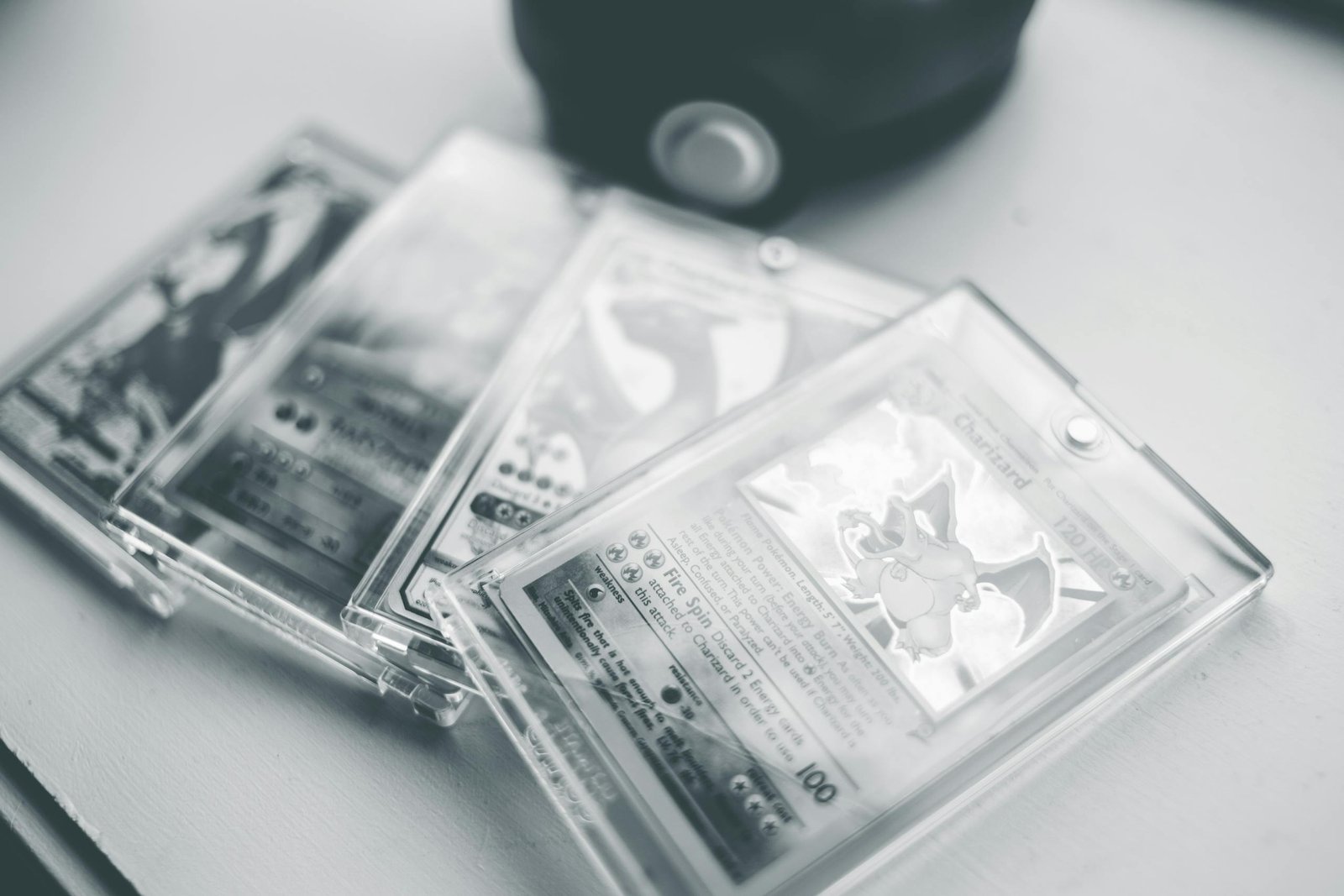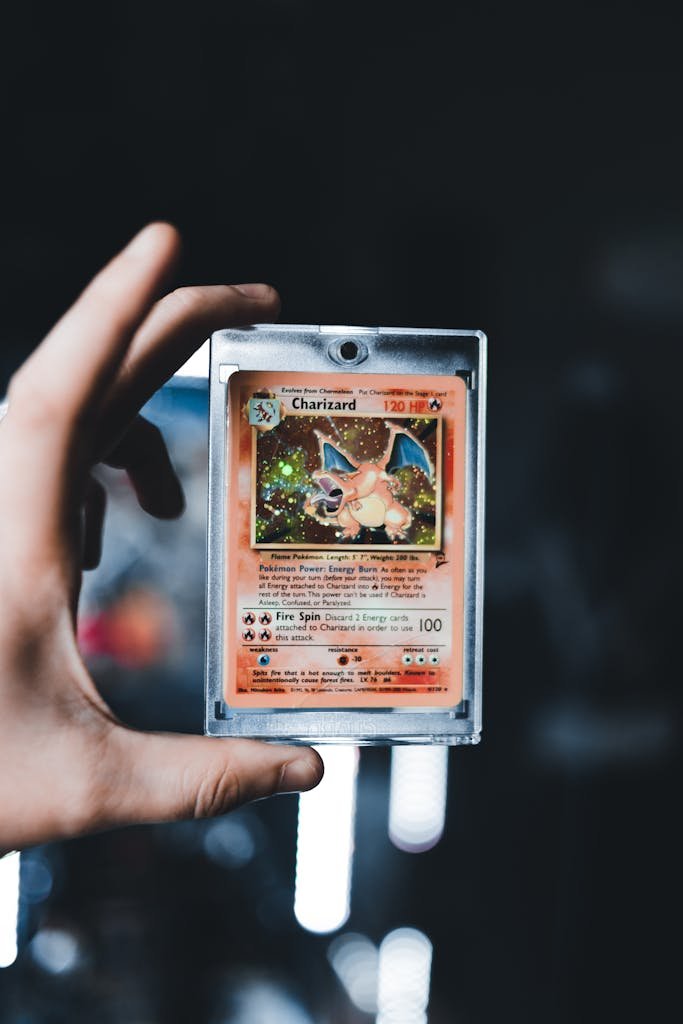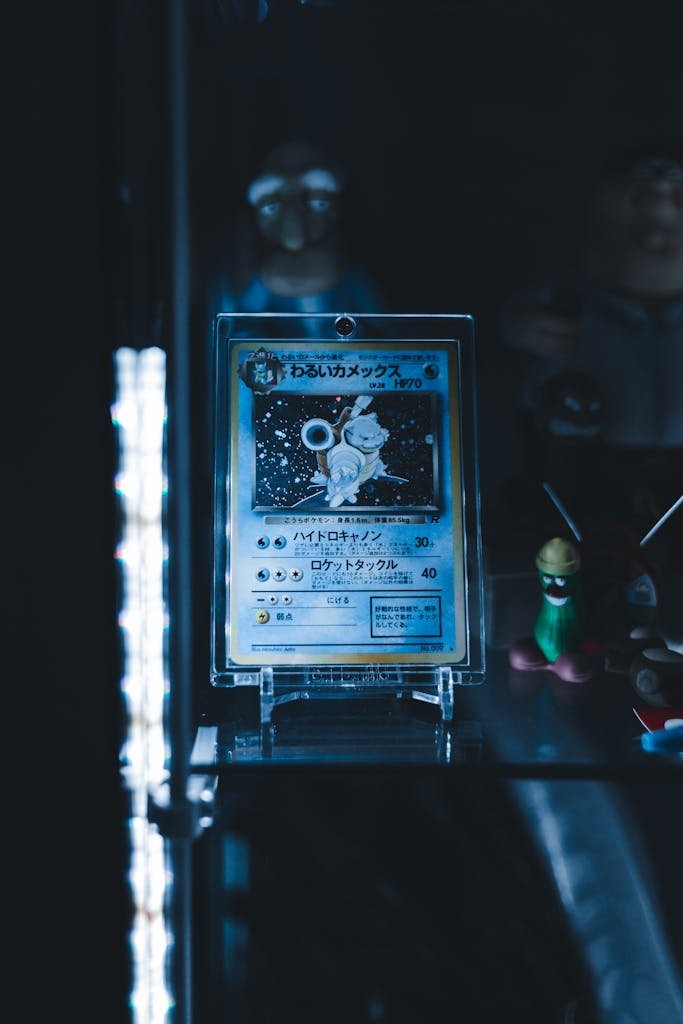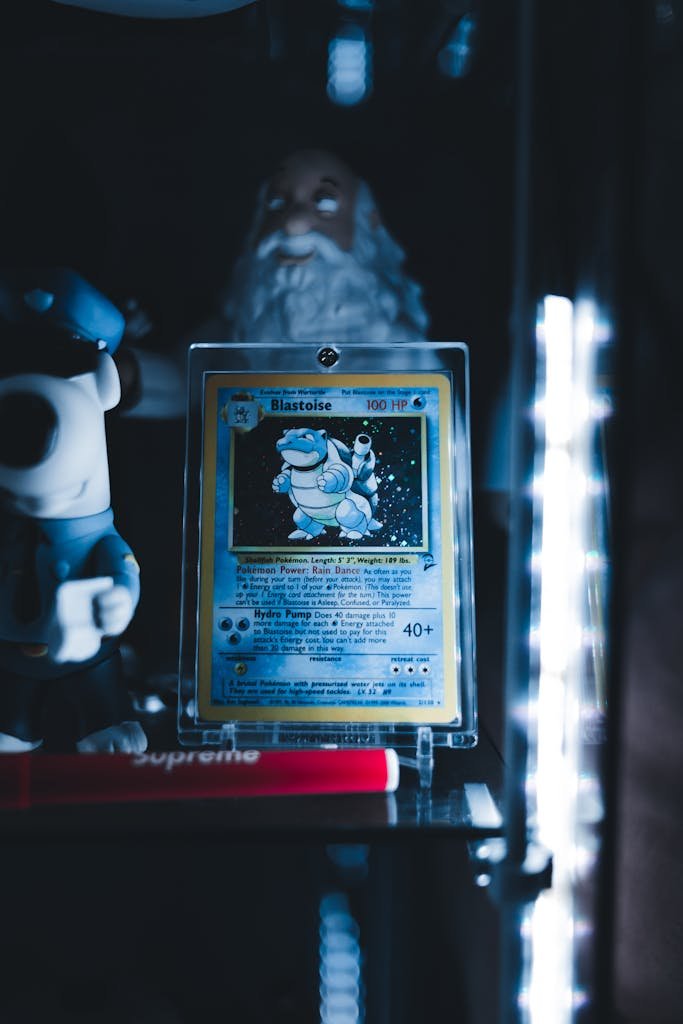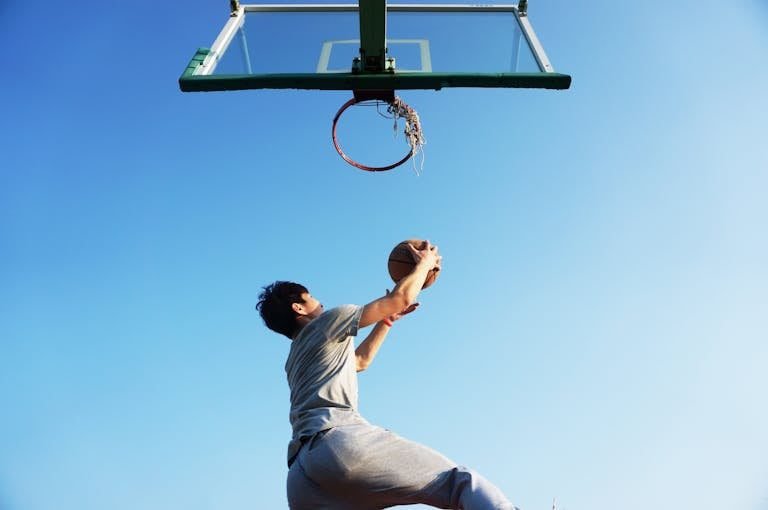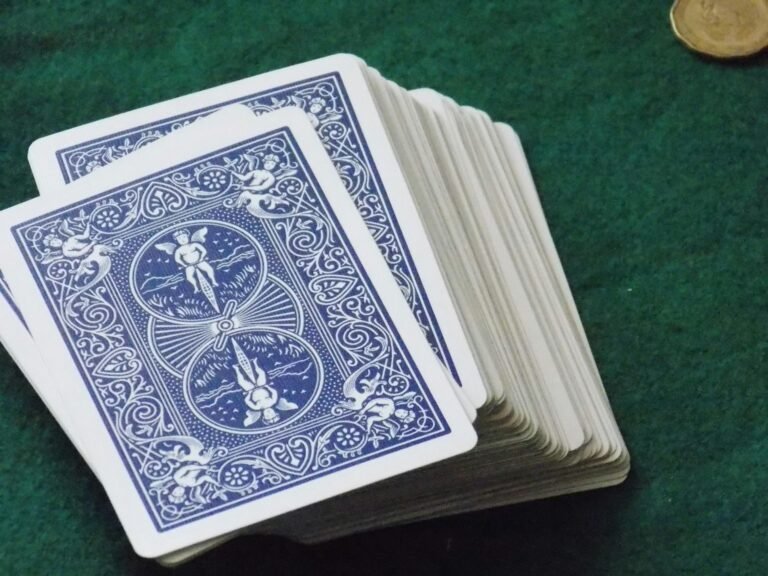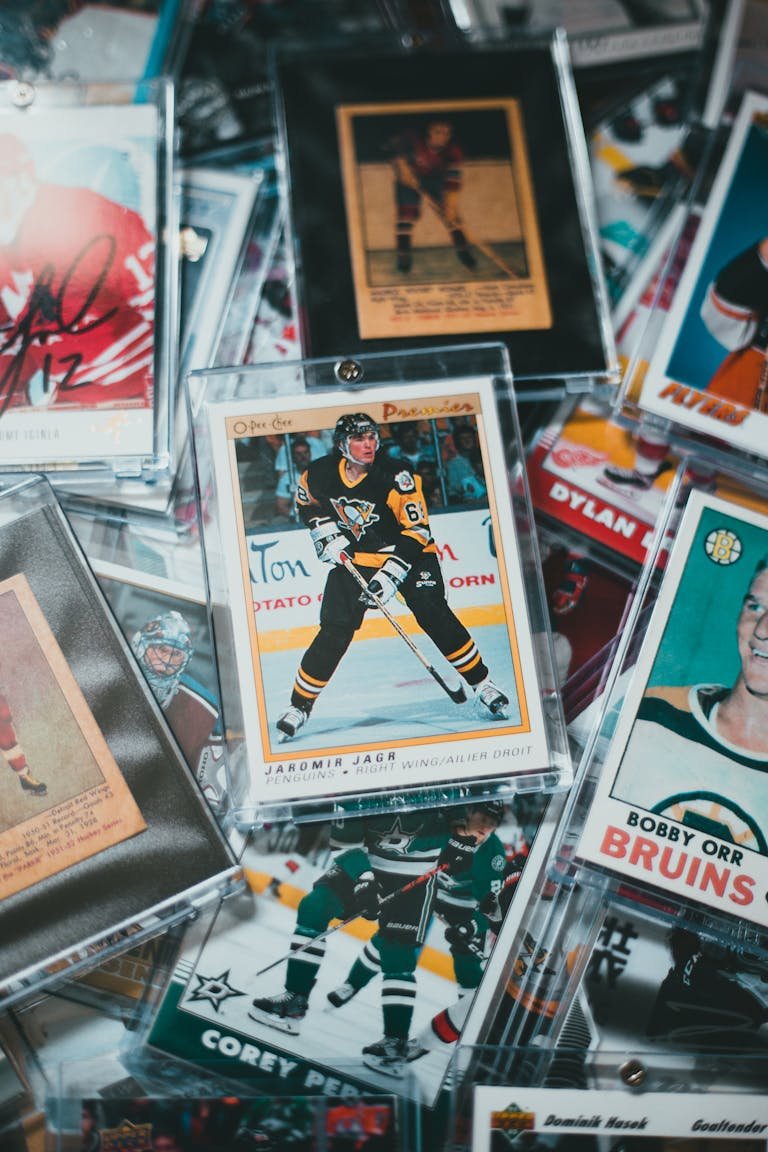Card Pics KILLING Sales? Fix It!
Think of running into the prized sports card that would complement a specific set you have or that could be sold for money. You eagerly add it to the website and despite such a specificity of the product, it rarely sells. The culprit? Poor-quality photographs. One of the single most important things to know and remember in the wonderful and sometimes nutty but always fascinating field of sports card collecting is that a picture can be worth more than any thousand words: it can mean a sale or no sale.
Collecting sports cards requires that good photographs should be used to capture the cards as this acts as a collecting point for serious collectors. Whether you are a professional photographer or just a beginner, understanding the peculiarities of sports card photography can have a huge influence on the number of sales and proper representation of your collection’s condition.
In this detailed beginners’ guide, you will learn everything from what equipment to use to composition and post-processing skills. At the end of this guide, you will know how to take good photos that will give your cards the deserved value.
Equipment Essentials
Choosing the Right Camera
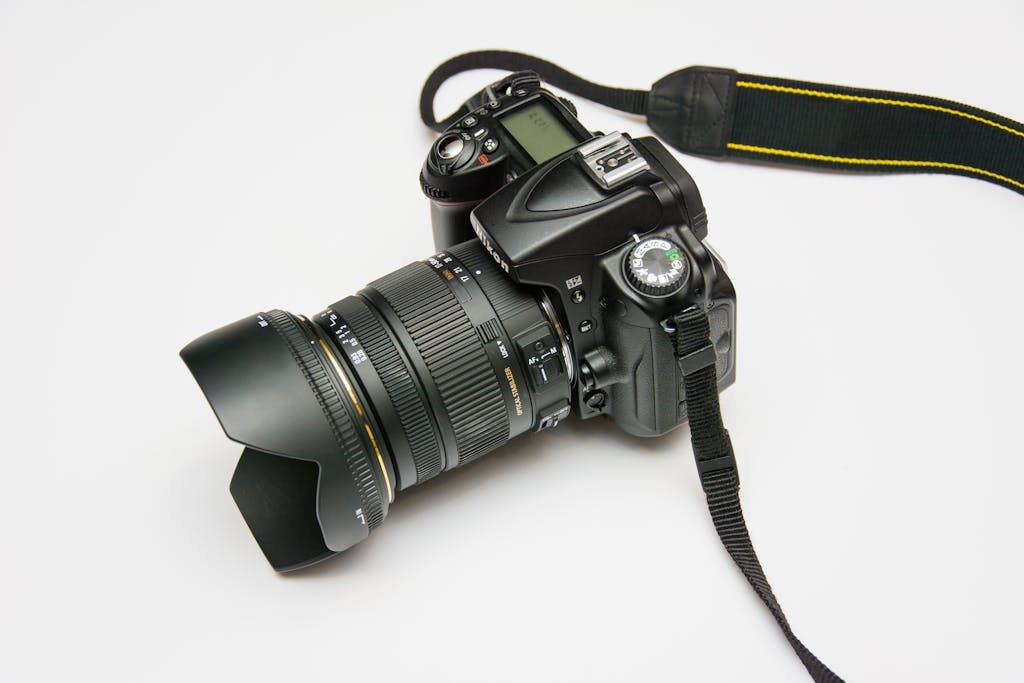
There is no doubt that in up for sports card photography, the type of camera you get matters a lot in the kind of shots you are going to get. Smartphones have developed a lot when it comes to the camera part, but a DSLR or a mirrorless camera gives more control over the settings and is sharper.
Entry-level photography does not require one to purchase expensive equipment, a smartphone with a good camera will do. Nevertheless, if you want to get professional-like shots, getting a DSLR or mirrorless camera is highly advised. Select models with aperture, ISO, and shutter speed controls because the models’ settings can be changed.
Importance of Proper Lighting
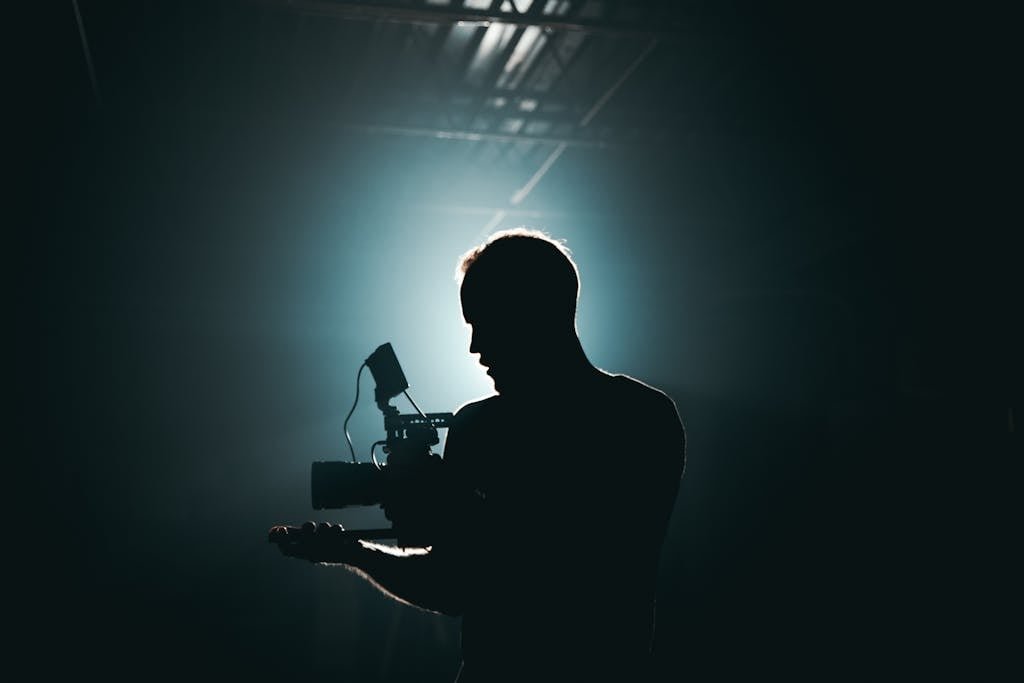
Lighting is thus important if the intended colors and minor details on your sports cards are to be captured as they are. Natural light is your best friend especially the diffused light as this helps to reduce shadows and glares.
When natural lighting is not an option you need to have some artificial lighting scheme like using a lightbox or set of lights with diffusers to maintain that standard of lighting.
Stabilization with a Tripod
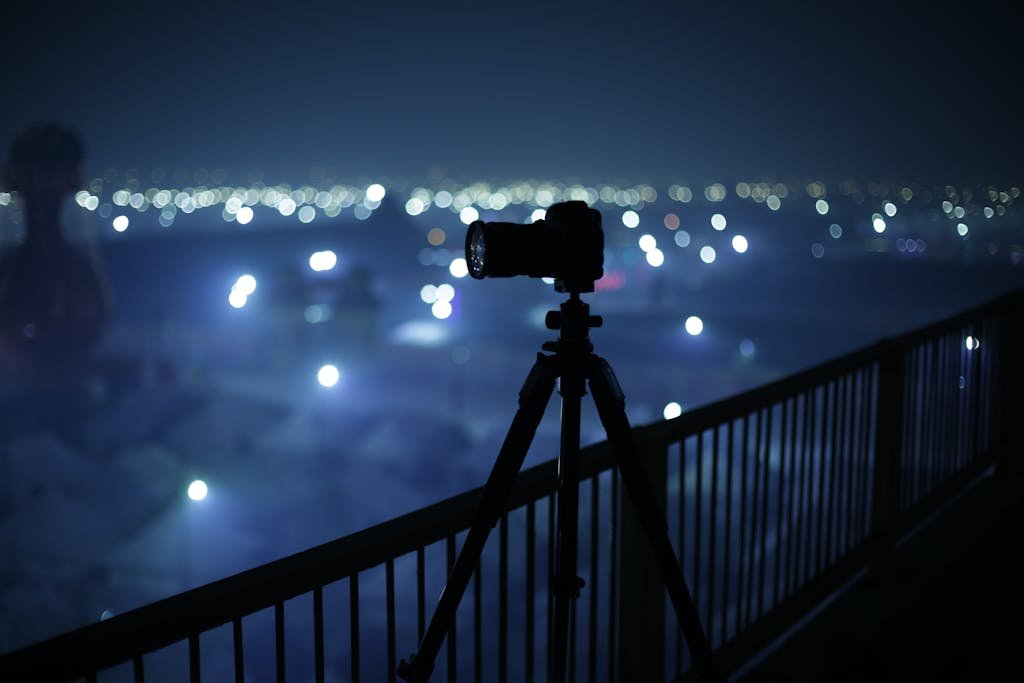
A tripod is essential for achieving sharp, stable images. Even the slightest movement can result in blurriness, which diminishes the card’s clarity. If you don’t have a tripod, you can use alternative stabilization methods like stacking books or a flat surface to keep your camera steady.
Enhancing Details with a Macro Lens (Optional)
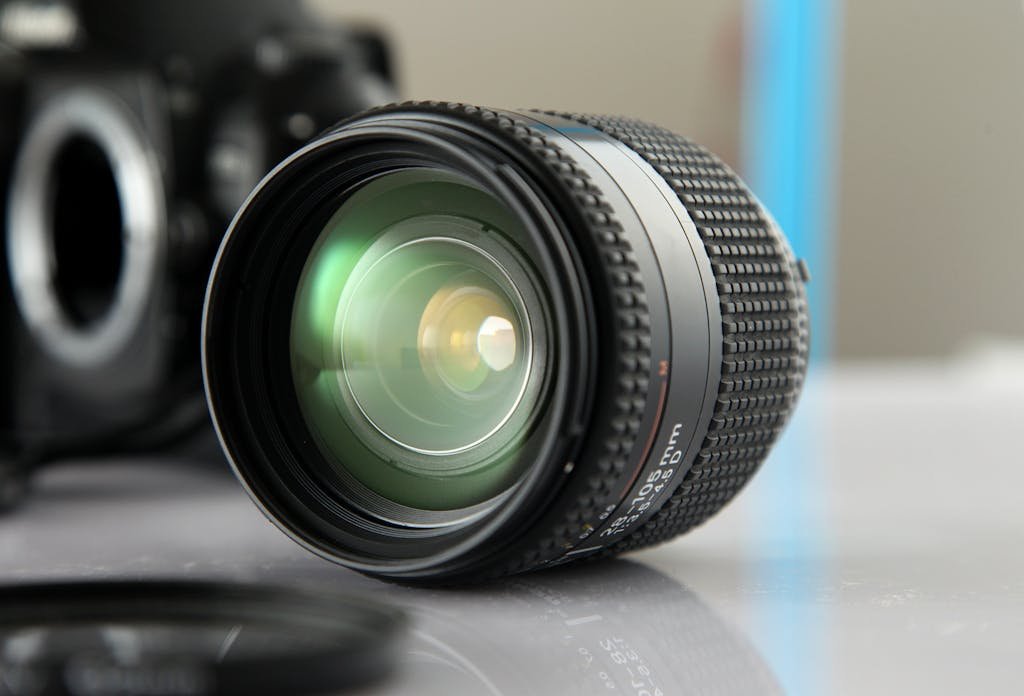
As for the details that one can easily overlook, a macro lens is a helpful accessory. It enables you to take shots of proximate elements while at the same time providing high-quality images captured.
Of course, if you do not wish, or are unable, to spend a great deal of money, there are cheaper solutions like extension tubes which can give equally stunning outcomes.
Preparing and Setting Up for the Perfect Shot
Handling Your Cards
Dealing with the cards requires some form of gentleness that ensures that fingerprints or even smudges may not affect the surface of the card. It is recommended that to minimize the contact with cards use clean gloves particularly when handling valuable cards while touching cards should be by the edges.
Choosing the Right Background
A clutter-free background ensures that the focus remains on the card. Opt for solid colors like black, white, or grey, or use textured surfaces like fabric. Avoid busy patterns that can distract from the card.
Positioning Your Card
Experiment with different card positions to find the most flattering angle. Placing the card flat or at a slight angle can enhance its visual appeal. Ensure the card is centered and occupies a prominent position in the frame.
Mastering Composition and Technique
Capturing the Best Angles
To capture the entire card without cropping, position your camera directly above the card for a straight-on shot. Avoid reflections by slightly angling the card if necessary. Experiment with various angles to find the one that best showcases the card’s features.
Understanding Depth of Field
Depth of field refers to the area in focus within your image. A shallow depth of field can blur the background, making the card stand out sharply. Adjust your camera settings to achieve the desired effect, focusing primarily on the card.
Applying the Rule of Thirds
The rule of thirds is a fundamental principle in photography that involves dividing the frame into nine equal parts using two horizontal and two vertical lines. Positioning the card off-center, along these lines, creates a more dynamic and visually appealing composition.
Post-Processing for Perfection (Optional)
Basic Editing Techniques
Basic editing can enhance the overall appearance of your photos. Use free editing software to make minor adjustments like cropping, brightness, and contrast. These simple tweaks can significantly improve the quality of your images.
Advanced Editing Options
For experienced users, advanced editing techniques can take your photos to the next level. Use paid software to remove dust spots, replace backgrounds, and make precise adjustments. This level of editing ensures your photos look polished and professional.
Pro Tips and Troubleshooting
Capturing Multiple Photos
Taking multiple photos from different angles increases your chances of getting the perfect shot. Review your images to select the best ones, ensuring you have a variety of options to choose from.
Managing Glare
Glare can be a common issue in sports card photography. Experiment with different lighting setups or use polarizing filters to reduce glare and reflections, especially for glossy cards.
Ensuring Sharp Focus
Sharp focus is essential for high-quality images. Use manual focus for precise control, ensuring the card is the focal point. Autofocus can also be effective but double-check to make sure the card is in sharp focus.
Read Also: Griffey Jr. Card: Mint or Junk?
In Closing
Capturing high-quality sports card photographs requires the right equipment, careful preparation, and a keen eye for composition. By following the tips and techniques outlined in this guide, you can showcase your cards in the best possible light, attracting serious collectors and maximizing their value.
Remember, practice makes perfect. Experiment with different settings, lighting conditions, and compositions to find what works best for you. If you’re ready to take your sports card photography to the next level, consider exploring advanced editing techniques and investing in additional equipment.
Happy photographing!
